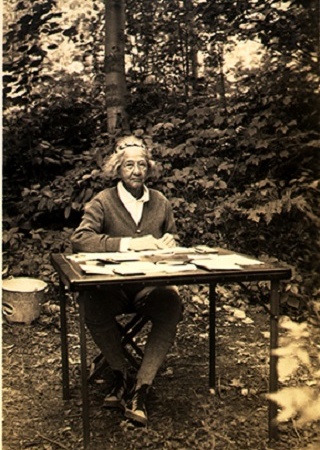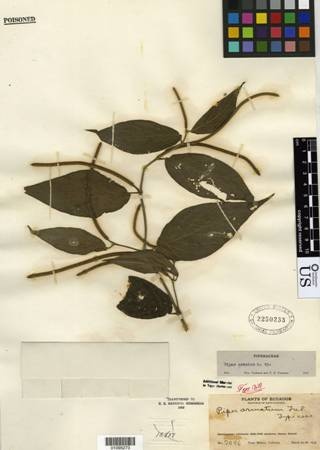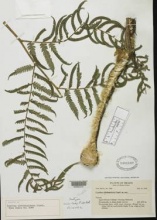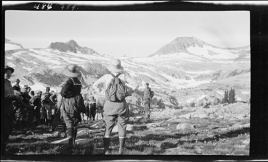Ynes Mexia
- … during her collecting trips, Mexia would occasionally join other expeditions, including one headed by A.S. Hitchcock and Agnes Chase of the U.S. National Herbarium, and T. Harper Goodspeed’s University of California Botanical Expedition?
- … in her short career, Mexia collected 145,000 specimens, which included 500 new species, 50 of which were named after her?
- … the genus Mexianthus is named after her?
- … she learned how to collect from Alice Eastwood of the California Academy of Sciences?
- … N. Floy “Bracie” Bracelin served as Mexia’s collection manager, caring for the specimens and sending them out for identification?
- … in her will, Mexia left enough money to the California Academy of Sciences to hire Bracie as an assistant to Alice Eastwood?
- … Mexia provided funds to Vernon Bailey so he could produce his invention: a humane animal trap?
- 1870 – Born in Washington, DC to Mexican diplomat father and American mother
- 1873 – Moves to Texas with her recently separated mother
- 1897 – Moves to her father’s hacienda in Mexico City
- 1897 – Marries a Spanish-German merchant
- 1904 – Mexia’s husband dies
- 1908 – Marries a rancher
- 1909 – Moves to San Francisco after a nervous breakdown and becomes a social worker; she later divorces her husband
- 1920 – Joins the local Sierra Club
- 1921 – Enrolls as a special student in Natural Science at University of California – Berkeley
- 1922 – Joins a collection trip in Mexico with Professor Eustace Furlon
- 1924 – Becomes a U.S. citizen
- 1925 – Joins a collecting trip to Mexico with Rebecca Furlong, where she falls off a cliff, injuring her hand and fracturing her ribs. The trip results in 500 specimens, and 50 new species
- 1938 – Dies of lung cancer
The life of Ynes Mexia is a prime example of how it's never too late to find one's calling. After nearly four decades of personal struggles, Mexia moved from Mexico to San Francisco. It was as a special student at the University of California - Berkeley that her interest in botany grew. Her career started in 1925 when she joined a collecting trip to Western Mexico with botanist Roxanna Stinchfield Ferris of Stanford University. The trip resulted in 500 species being collected, including one named in Mexia’s honor, Mimosa mexiae. Finally, in middle age, Mexia had found her purpose in life, writing: “… I have a job, [where] I produce something real and lasting.” For the next 13 years, she went on to collect across North and South America, until her last trip at the age of 67 shortly before she died. Her final trip took her back to Mexico, her preferred area of collection. Contemporary accounts suggest Mexia could charm new acquaintances upon meeting them, but that she could be a difficult, temperamental person to work with—qualities sometimes falsely attributed to her Mexican heritage. Regardless, her contribution to the world of botany is undeniable.




